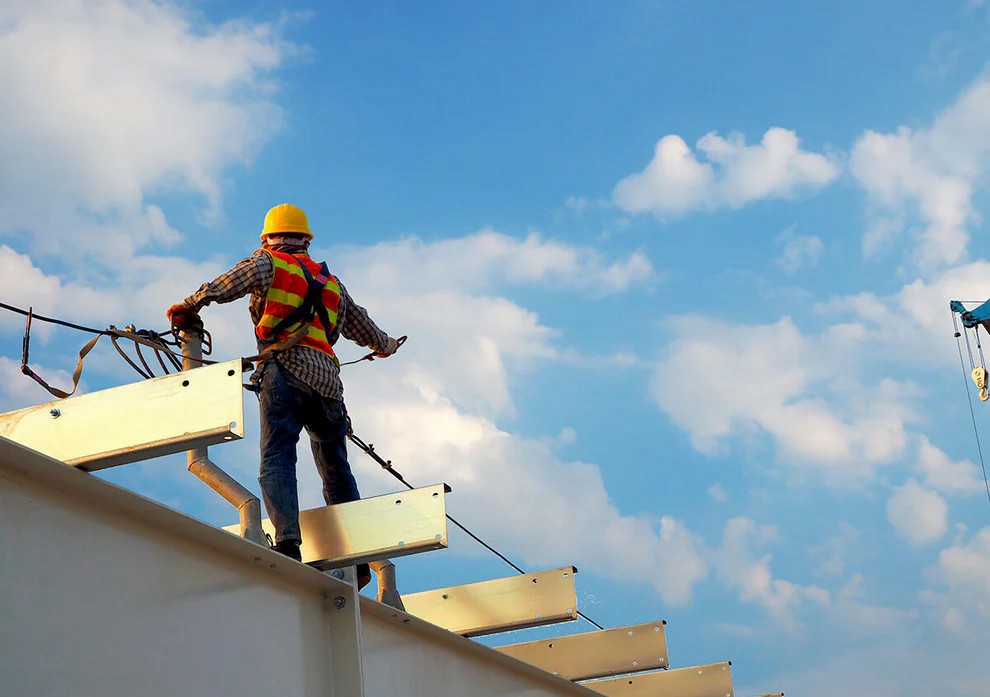Emergency Rescue Planning: A Cornerstone of Working at Heights Safety
Working at heights presents significant risks, demanding thorough preparation and safety measures. However, even with the best safety protocols in place, emergencies can occur. This is where emergency rescue planning comes into play, ensuring that workers are not only prepared to prevent accidents but also ready to respond effectively when they happen. Understanding the role of emergency rescue planning in Working at Heights safety can save lives and reduce workplace injuries.
The Importance of Emergency Rescue Planning
Emergency rescue planning is essential in any working environment where employees are exposed to fall hazards. This planning allows for quick and efficient responses to emergencies, minimizing the risks associated with working at heights.
- Preparedness: Effective planning ensures that workers are prepared for various emergency scenarios, from falls to other accidents.
- Quick Response: Having procedures in place allows for faster responses, which can significantly reduce the severity of injuries.
- Legal Compliance: Employers are required to comply with health and safety regulations, making rescue planning not just best practice but a legal obligation.
Self-Rescue Techniques: Empowering Employees
Self-rescue techniques equip workers with the skills to manage their own safety in emergency situations. Workers at heights should receive training that emphasizes self-rescue strategies to ensure they can act quickly when necessary.
Key Self-Rescue Techniques
- Use of Personal Fall Arrest Systems (PFAS): Understanding how to effectively use harnesses and lanyards can prevent falls from becoming fatal.
- Emergency Descent Devices: Training workers on how to use devices that allow for controlled descent can save lives.
- Creating an Escape Plan: Workers should identify potential escape routes and practice these routes regularly.
Employer Responsibilities in Emergency Rescue Planning
Employers play a crucial role in ensuring that rescue plans are not only in place but also effective. Their responsibilities include:
- Establishing Rescue Plans: Employers should develop detailed rescue plans that are based on the specific risks of the work site.
- Providing Training: Regular training sessions on emergency rescue procedures and self-rescue techniques are essential.
- Ensuring Equipment Readiness: Verify that all rescue equipment is well-maintained and accessible in the event of an emergency.
- Conducting Drills: Regular drills enhance preparedness and ensure that employees are familiar with the procedures during a crisis.
Emergency Response Procedures: A Step-by-Step Approach
Effective emergency response is a structured process that focuses on swift actions to mitigate risks. Here’s a step-by-step guide:
- Assess the Situation: Determine the nature of the emergency and the safety of the rescuer.
- Activate Emergency Protocols: Immediately alert the designated emergency response team.
- Rescue Efforts: Follow established rescue procedures using the appropriate equipment.
- Emergency Medical Assistance: Ensure that medical help is on its way, and provide first aid if safe to do so.
- Debriefing: After the incident, engage in debriefing sessions to assess the response and improve future planning.
Real-World Examples of Effective Emergency Samplings
Numerous cases highlight the importance of emergency rescue planning in working at heights:
- In a construction site incident in Dublin, an employee fell but was able to perform a successful self-rescue using their harness and training.
- A power line technician in Cork, while working at a height, experienced a minor fall; thanks to the company's emergency rescue drills, coworkers executed a swift rescue with minimal injury.
Conclusion: Prioritize Emergency Rescue Planning
Integrating emergency rescue planning into Working at Heights safety training is a fundamental aspect of risk management. Businesses must prioritize this to ensure their employees are safe and prepared. Effective emergency response and self-rescue techniques not only protect lives but also enhance the overall safety culture of an organization.
For comprehensive Working at Heights training, including emergency rescue planning, visit Ireland Safety Training or contact us at [email protected].



 349,500 Offered Certificates
349,500 Offered Certificates
 24/7 Online Training
24/7 Online Training
 Money Back Guarantee
Money Back Guarantee
 Fully Accredited Courses
Fully Accredited Courses
